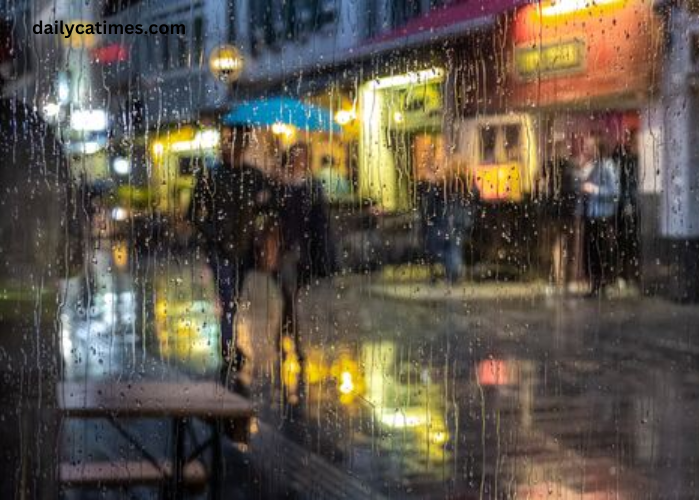In the dynamic realm of contemporary art, Nguyen Duy Tri emerges as a trailblazing artist, pushing the boundaries of creative expression with his latest masterpiece, Wind of Madness. The year 2023 marks a pivotal moment in the evolution of acid art, as Nguyen Duy Tri’s unique vision transforms the canvas into a tempest of colors and emotions.
This article delves into the enigmatic world of Wind of Madness, exploring the artist’s inspiration, the thematic elements that define the artwork, and its broader implications in the context of the ever-evolving landscape of contemporary art.
The Genesis of Wind of Madness
Nguyen Duy Tri’s artistic journey is characterized by a fearless exploration of unconventional mediums and a relentless pursuit of pushing artistic boundaries. “Wind of Madness” is a testament to this ethos, drawing inspiration from the chaotic energy that resides within the human psyche. The artist taps into the raw and unfiltered essence of madness, translating it onto the canvas with a bold and experimental approach that defines the acid art movement.
The Visual Language of Wind of Madness
Wind of Madness is a visual symphony of chaos and creativity, where strokes of vivid colors collide and merge in a dance that mirrors the unpredictability of the human mind. Nguyen Duy Tri’s use of acid mediums adds a layer of intensity and unpredictability to the artwork, as if the canvas itself is a living, breathing entity. The swirling patterns and dynamic textures evoke a sense of movement, inviting viewers to get lost in the whirlwind of emotions and perceptions.
The thematic elements within the artwork are a reflection of the artist’s exploration of the human psyche. The title, Wind of Madness, suggests a force that is both powerful and unpredictable, mirroring the range of emotions and thoughts that define the human experience. The acid medium becomes a vehicle for the expression of madness, with each brushstroke capturing a moment in the frenetic journey of the mind.
Evolution of Acid Madness in 2023
As Wind of Madness takes center stage in 2023, it marks a significant point in the evolution of acid art. Nguyen Duy Tri’s fearless experimentation with the medium contributes to a broader conversation about the intersection of art, psychology, and the avant-garde. The artwork becomes a symbol of the evolving landscape of contemporary art, where artists break free from traditional constraints to explore the uncharted territories of creativity.
One notable aspect of the evolution of acid madness is its impact on the viewer. Wind of Madness challenges conventional notions of aesthetic beauty, inviting individuals to confront the chaotic and raw aspects of their own psyche. The immersive nature of the artwork sparks a visceral reaction, encouraging introspection and dialogue about the complexities of the human mind.
Beyond the Canvas: Cultural Implications of Wind of Madness
As Wind of Madness captivates audiences in 2023, its cultural implications extend beyond the confines of the gallery. Nguyen Duy Tri’s work becomes a catalyst for discussions about mental health, challenging societal stigmas surrounding madness and pushing for a more nuanced understanding of the human experience. The acid art movement, as exemplified by Wind of Madness, becomes a vehicle for dismantling preconceived notions and embracing the inherent chaos of life.
The Complexity of Emotion in Wind of Madness
Central to the thematic exploration of Wind of Madness is the nuanced portrayal of human emotion. Nguyen Duy Tri’s approach transcends the conventional artistic depiction of emotion, delving into the intricate interplay between sanity and madness. The acid medium becomes a metaphor for the chemical reactions within the mind, illustrating the unpredictable nature of emotions as they blend and clash on the canvas.
The artist’s deliberate choice of vibrant and contrasting colors heightens the emotional impact of the artwork. Each color carries its own psychological weight, creating a visual language that communicates the spectrum of human emotions—from the fiery reds of passion to the cool blues of introspection. Viewers are invited to navigate the intricate web of emotions, experiencing a visceral and immersive journey through the kaleidoscope of the human psyche.
A Dialogical Experience: Viewer Interaction with Wind of Madness
Wind of Madness transcends the traditional boundaries of art by transforming the viewing experience into a dialogical encounter. Nguyen Duy Tri’s use of acid mediums introduces an element of unpredictability, as the artwork continues to evolve over time. The colors shift, blend, and react, creating a living canvas that engages viewers in an ongoing conversation with the artwork.
This interactive element challenges the passive role typically assigned to art spectators. As viewers become active participants, the boundaries between artist and audience blur. The evolving nature of Wind of Madness prompts individuals to revisit the artwork, each encounter offering a fresh perspective on the ever-changing landscape of emotions and perceptions.
Conclusion: Nguyen Duy Tri’s Artistic Revolution
In the tapestry of contemporary art, Wind of Madness emerges as a revolutionary force, reshaping the narrative of acid art in 2023. Nguyen Duy Tri’s fearless exploration of madness on canvas invites viewers to confront the complexities of the human psyche and sparks a cultural conversation about the nature of creativity, mental health, and the evolving landscape of artistic expression. As we navigate the tempestuous journey of Wind of Madness, we find ourselves not just spectators but active participants in the artistic revolution unfolding before our eyes.


